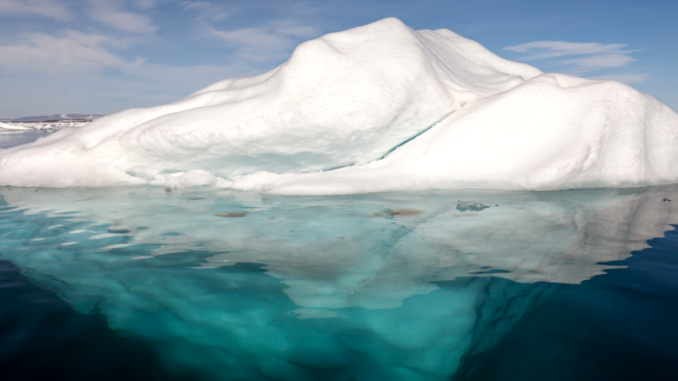
Finland celebrated Easter today in the way that only Scandinavians do… with ice eggs! They scattered them all over the beaches and waited for snowshoe hares to come pick them up and hide them in places throughout homes, along with candy made from chemical extracts.
Okay, that didn’t really happen. But ice eggs were found on beaches in Finland, and photos were taken:
Ice eggs happen throughout the world, but they’re very uncommon because they require a specific mix of weather phenomena. They start off as small pieces of ice, which means that the temperature has to have recently been below freezing. They then need to be near a body of water or on exceedingly moist land, which means that the temperature cannot be so far below freezing that surface water has turned to ice. They then require high winds.
The ice is blown by the wind. As it moves, it gathers moisture from the surface across which it’s traveling, and the low temperatures freeze the water to the existing ice, making it grow. As the ice chunks continue to move, they grow larger and smoother, developing into ice eggs (the bulk of the ice formation happens in the wind’s direction).
We have this phenomenon in Texas, too. The difference is that here, it happens in mid-air, and when giant balls pound the earth hard enough to smash through roofs and remake cars in the image of golf balls, we just call it “hail”, or maybe “Spring” or “Fall”.
Question of the night: What’s a memorable weather phenomenon you’ve encountered?
